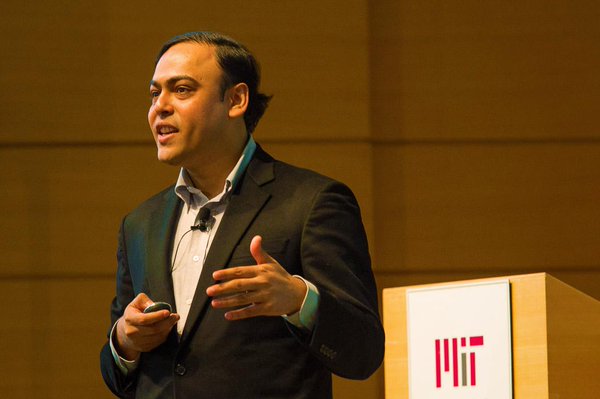The LGO program offers energy management internships, especially related to delivering and using electricity and gas. Other companies offer projects around sustainable energy usage, solar energy, and fuel cells. Internships provide a unique opportunity to pair a student’s engineering and MBA studies with an energy engineering and management concentration. For students looking to go even deeper, the Nuclear Science and Engineering, Mechanical Engineering and Civil Engineering departments have specializations in energy, and MIT’s Energy Initiative is a campus-wide organization focused on the topic.
Frankie Galindez de Jesus (LGO ’23)
Title: Integrated Energy Modeling Tool for Electric and Gas Infrastructure Decision Support
Engineering Department: Mechanical Engineering
Partner Company: National Grid
Madison Myers (LGO ’23)
Title: On-Site Hydrogen Production via Distributed Methane Pyrolysis
Engineering Department: Mechanical Engineering
Partner Company: NextEra
Santiago Andrade Aparicio (LGO ’23)
Title: Nuclear Microreactors as a Clean Energy Source for Data Centers and Mining Sites
Engineering Department: Nuclear Science and Engineering
Partner Company: Caterpillar
Trevor Thompson (LGO ’21)
Title: Modeling Air Source Heat Pump Adoption Propensity and Simulating the Distribution Level Effects of Large-Scale Adoption
Engineering Department: Mechanical Engineering
Partner Company: National Grid




